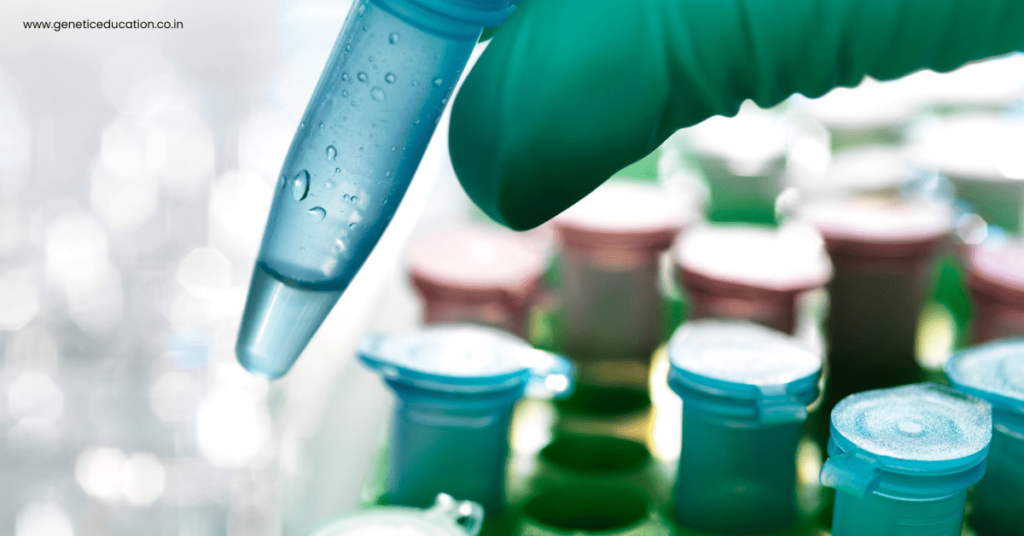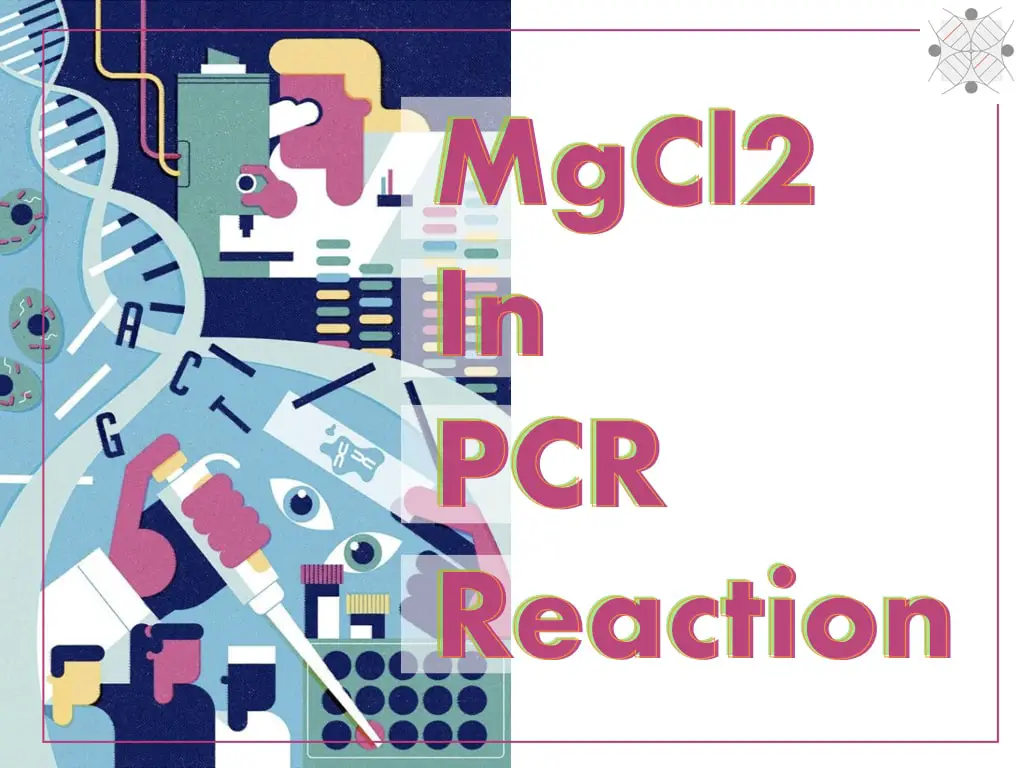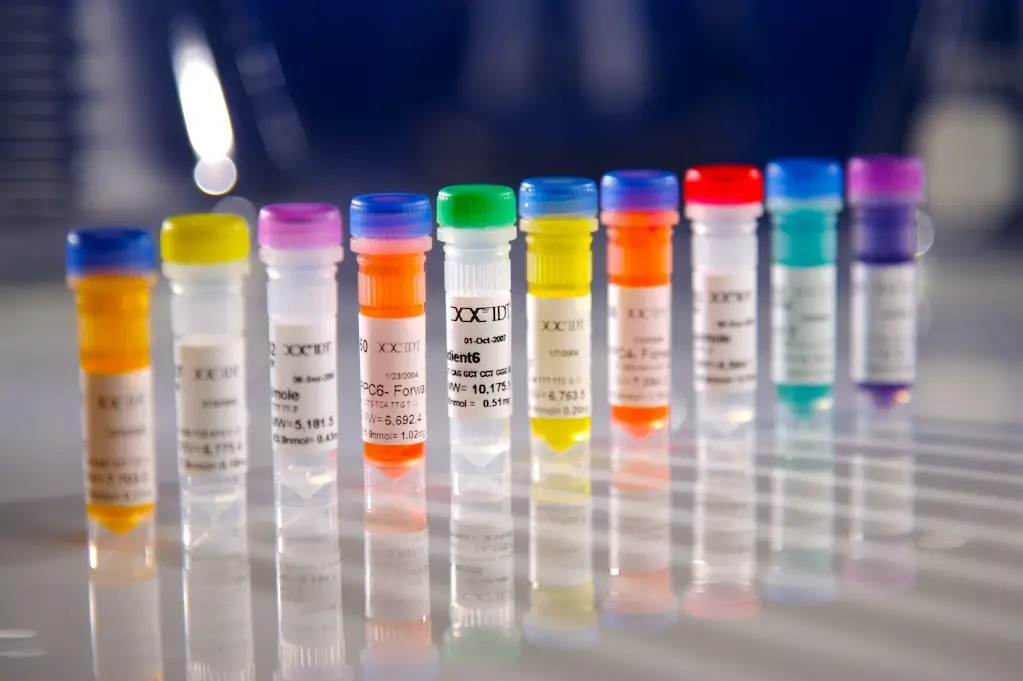“Learn the technical process of ordering, storing and using the PCR primer for the PCR reaction.”
In the previous article on PCR primers, we learned about the concept of PCR primers and why we use them in the reaction. Along with this, we also discussed the PCR primer designing process. Now, you know about primers and how to design them.
But you may wonder how you can use it and order it, before use. That’s the question many dissertations and research students have, certainly. So I thought, why not write a whole article on it?
And here it is!
In this article, we will explain the technical side of PCR primers- how to order, store and use them. Trust me after reading this guide you can do it by yourself and design your own PCR experiment.
Stay tuned.
Key Topics:
How to order PCR primers?
There are two ways to order PCR primers. First, you can send your primer set information to the local dealer or second, you can order online. The most feasible and cheap option is to order it by yourself.
IDT- Integrated DNA Technologies is a pioneer in providing different types of synthetic oligos. For instance, PCR primers, qPCR primers and probe and DNA sequencing primers.
For the present demonstration, we will use IDT to order our primers.
Go to the IDT website, click on “product and services” and select “custom DNA oligo”.

Now you may have many options, but you only have to select the first option- DNA oligos.
A new ordering window will be opened.
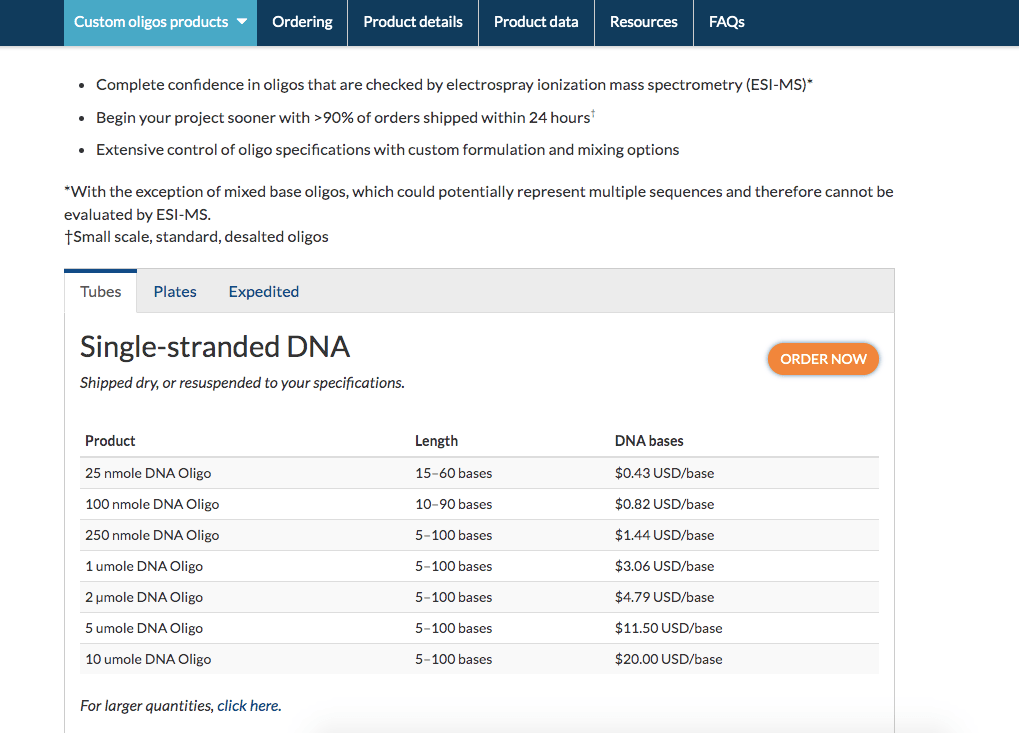
Here you have to click on “Order Now” but keep in mind that we have to order 25 nM DNA oligos. The length should be between 15 to 60 bases. The per base charge is $0.43, so if your primer is 20 bp long, the charge for a single primer is $8.6.
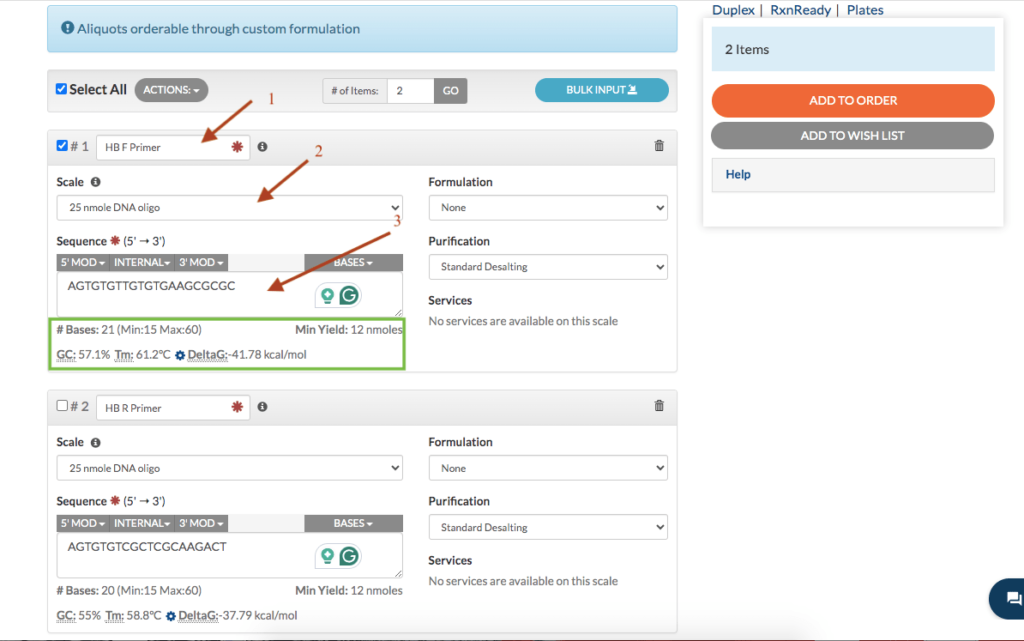
When we click on “order now” the ordering window will appear. Closely go through the screenshot first. First, select 2 items from the item box. This opens two different forms for forward and reverse primers.
Now then name the primer as shown in the arrow one. We named them HB F Primer and HB R Primer.
Select the 25nM option as shown by arrow 2.
Past your sequence or primer in the box shown by the arrow 3. Carefully examine the sequence manually and by in silico PCR before submitting it for ordering.
The number of bases, GC content and melting temperature will be shown below (in the green box). Carefully cross-verify the information with the in silico output.
After completion of both the forms place the order. Your primer set will be reached to you within 15 working days.
How to validate the order?
Suppose, you have received your primers. How can you validate that everything is perfect or not? Perform validation as follows.
- First, check if the primers are shipped in dry ice (cooling conditions) or not.
- Check if the tubes are seal-packed or not.
- Visibly investigate any impurities or precipitates present in the tubes or not.
- Carefully go through the information, especially the sequence provided in the document. Match it with your primers.
- If everything is perfect, you are ready to use it.
- If you order dehydrated primers, it should come as a dry pellet. Any watery droplet will not be observed in the tube.
- If anything is not looking good, immediately contact the company representative.
How to use PCR Primers?
Recently, primers have been available in ready-to-use forms. Meaning, companies provide 100 pM or desired concentration primers to use directly in the PCR reaction. However, it is also available in a dehydrated version.
I strongly prefer to use the dehydrated version because you can prepare many reactions by rehydrating it. So I guess that’s a better option. To use it first we have to re-hydrate it and prepare a working concentration.
Chemical preparation is a boring job for many. This guide will make it fun. Check out this image as an example.

This is a cut-out of the document obtained with a primer set. First, let’s see what the document wants to tell us.
We have the sequence information from the 5’-3’ direction for both primers. One is 28 nucleotides long and another is 26 nucleotides long.
Next, we have yield in OD, yield in µG and yield in nMol.
Next, we have the concentration in pM/µL that we have to find and the volume for 100pM/µL. This shows that adding 291 µL of TE buffer or Water prepares the volume of 100nG/µL.
Lastly, we have some information regarding the melting temperature, GC content, molecular weight, synthesis scale and purification technique.
Among all this information, primer sequence, concentration in nG/µL, volume, melting temperature and GC content are important for us.
How to prepare stock and working primer solution
Now, if you remember, we ordered 25 nM DNA oligos, right? But we got 29.1 and 27 nM primers. Keep in mind that it’s difficult for the machine to prepare the exact concentration, so will always provide near-by volume. But not < 25nM.
We have a 29.1 nM primer concentration and we want to convert it into 100pM/µL. We can prepare any stock concentration but the most feasible and ideal option is to prepare 100 pM/µL, I will tell you why later.
So first we have to convert the 29.1 nM into pM concentration. We will multiply it by 1000. Now, we have a 29,100 pM concentration of primers.
>> 29.1 (nM) * 1000 = 29,100 pM.
Now, we will have to prepare 100 pM/µL. As indicated in the sheet, if we add 291 µL water or TE buffer, it will make 100pM/µL concentration of our primer.
>> 29,100/ 291 = 100 pM/µL.
So to rehydrate the primer, we have to add 291 µL of water or TE buffer to make it 100 pM/µL concentration.
Keep in mind, use only molecular grade and nuclease-free water only. The TE buffer (10mM Tris, 1mM EDTA) should have pH 8.0.
Gently tap the tube to rehydrate the primers but do not vortex it.
This is our stock primer solution. We need to add only 10pMol/µL of a primer per reaction. So what we will do, we will prepare the working primer solution in another tube.
Take another PCR tube and label it properly.
Add 10 µL from the stock solution and 90 µL of water or TE. This will make the final working concentration of 10 pM/µL. We can calculate it using the standard N1V1 = N2V2 equation as well.
N1= 100 pM/µL, N2= 10 pM/µL, V1= ?, V2= 100 µL
N1V1 = N2V2
V1 = N2V2/N1
V1 = (10pM * 100 µL) / 100 pM
V1 = 10 µL.
Meaning, adding 10 µL from the stock will make the working concentration of 10 pM/µL.
From this working solution, we can prepare 100 reactions, as we need only 1µL for each reaction. Meaning, we can prepare as many as 29100 reactions from our primers.
How to store PCR primers:
Now we have successfully prepared our stock and working primer solutions, but what about the storage? How to store it to use for a long time, effectively.
Primers are fragile and single-stranded oligos that can degrade easily under adverse conditions. Ideally, the stock primer solution is stored at -20ºC temperature while the working primer solution is stored at 4ºC.
At -20ºC, It will remain intact without any disruption, while the 4ºC working solution can be used for a week. Repeat freezing and thawing affect the integrity of primers. So, to avoid it we use 4ºC for short-term storage.
The frozen stock solution is only thawed when you need to prepare another batch of working solution.
Related article: Difference Between Probe vs Primers.
Wrapping up
PCR primers are an important ingredient in a PCR reaction, as they serve. It provides a starting point for the reaction. However, the difficult part is to design, validate, order, prepare and store it.
In the series of two articles, I have explained all these points. This guide will help you in your genetic research, and I am hoping so. If you have any questions, please comment below. Do subscribe to our blog and share this article.
